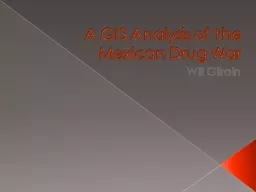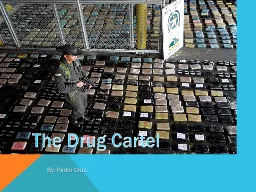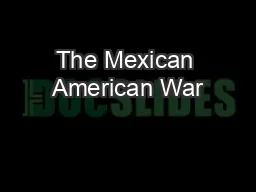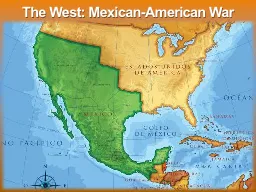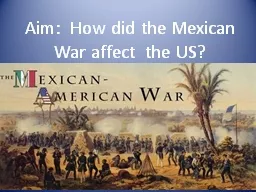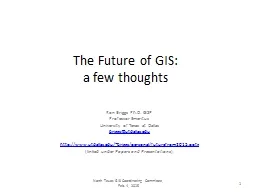PPT-A GIS Analysis of the Mexican Drug War
Author : karlyn-bohler | Published Date : 2019-11-26
A GIS Analysis of the Mexican Drug War Will Gilrain Background Drug war started in 2006 when Mexican President Felipe Calderon declared war on the drug cartels Between
Presentation Embed Code
Download Presentation
Download Presentation The PPT/PDF document "A GIS Analysis of the Mexican Drug War" is the property of its rightful owner. Permission is granted to download and print the materials on this website for personal, non-commercial use only, and to display it on your personal computer provided you do not modify the materials and that you retain all copyright notices contained in the materials. By downloading content from our website, you accept the terms of this agreement.
A GIS Analysis of the Mexican Drug War: Transcript
Download Rules Of Document
"A GIS Analysis of the Mexican Drug War"The content belongs to its owner. You may download and print it for personal use, without modification, and keep all copyright notices. By downloading, you agree to these terms.
Related Documents

